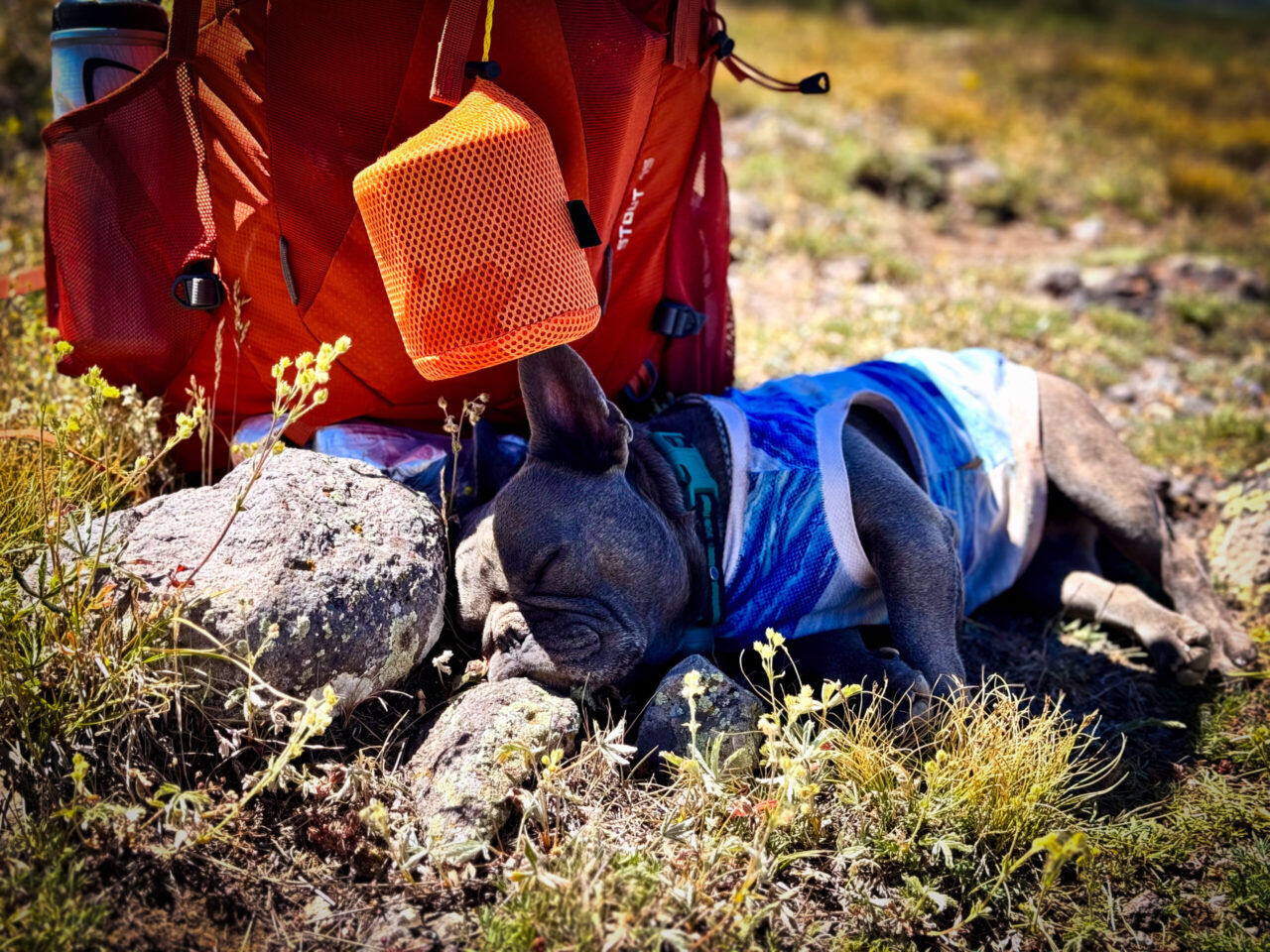Embracing the Wild: A Guide to Dispersed Car Camping
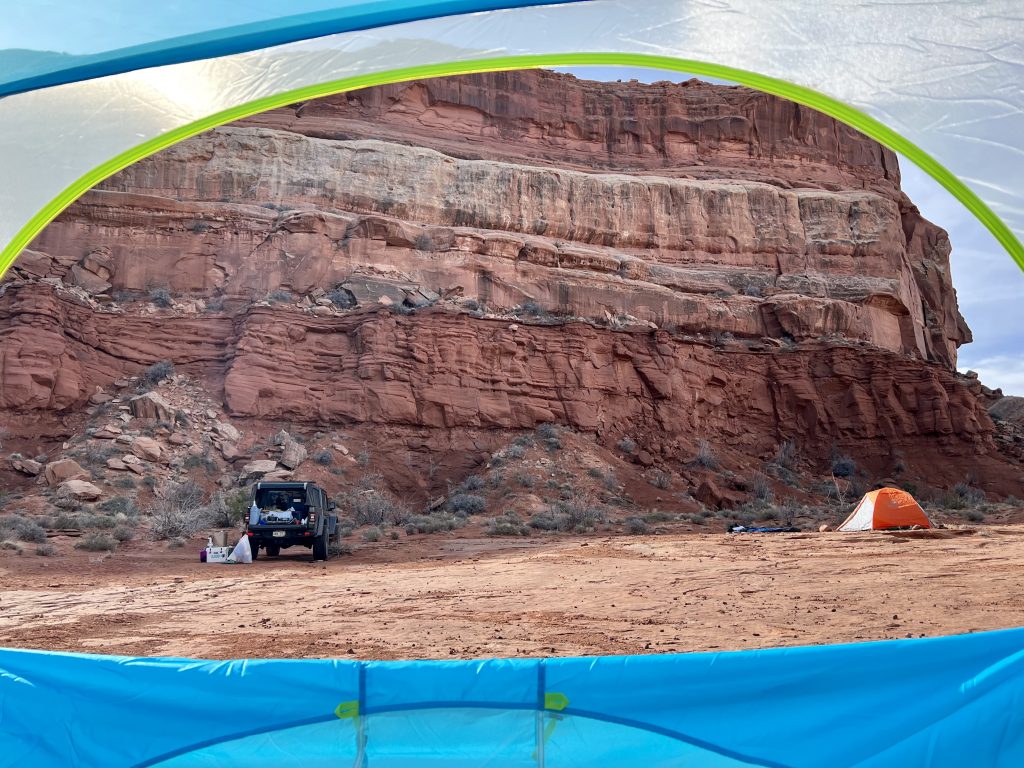
Dispersed camping, also known as primitive or backcountry camping, offers the opportunity to set up camp in the heart of nature, providing a sense of tranquility and freedom that traditional campgrounds can’t match.
But before you embark on this wild journey, let’s explore the essential aspects of food, packing, and organizing for a memorable dispersed camping experience.
Where to go? Which campgrounds are legal and how to find them
Finding dispersed camping sites requires a bit of research and exploration. The first thing you should do is check with local forest service offices.
Get a vehicle user map and learn about FS roads vs private properties and any regulations or guidelines for responsible camping. Second, find online resources, and utilize camping apps to locate remote areas where camping is permitted.
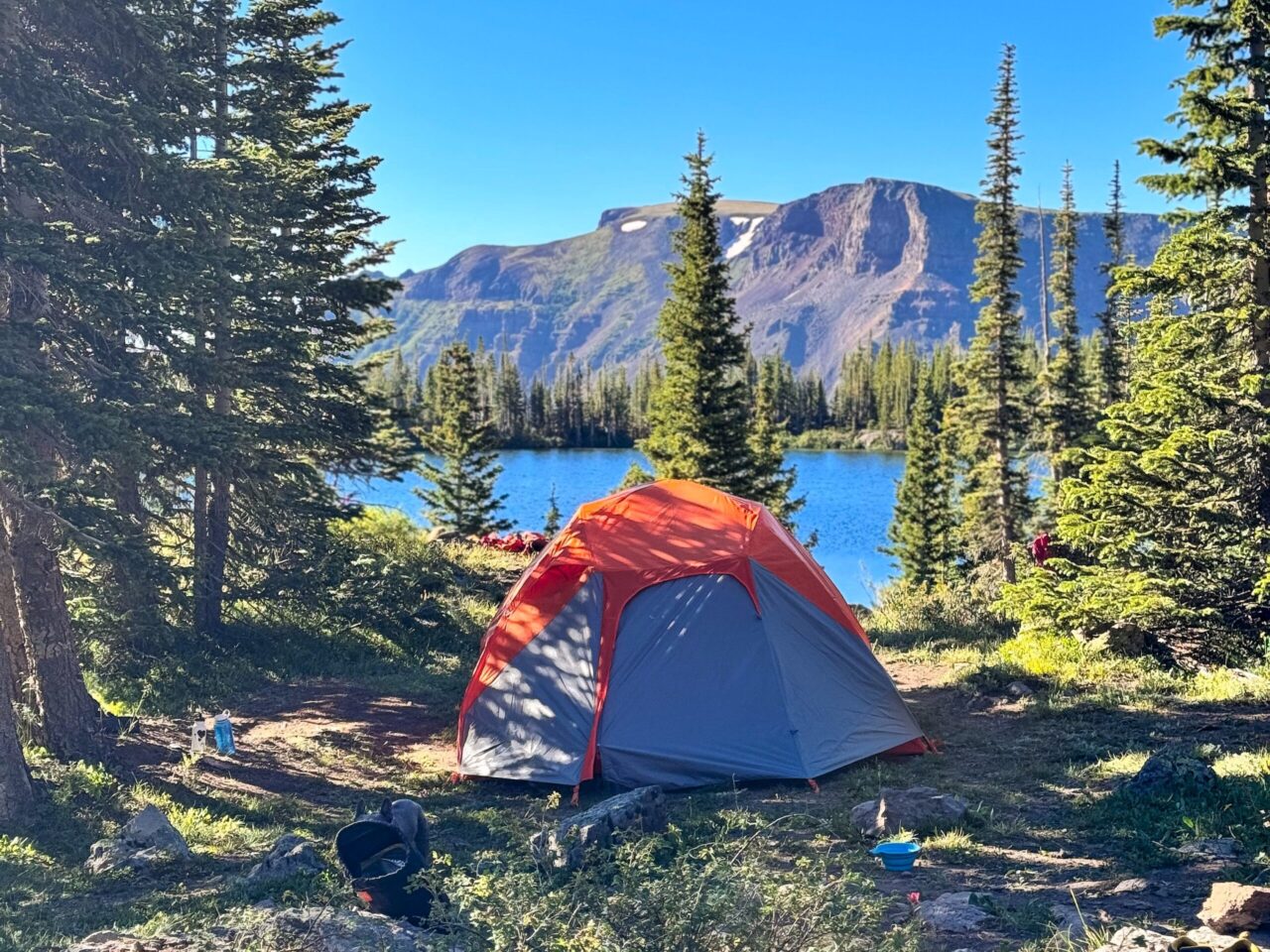
Dos and don’ts: Outdoor cooking when dispersed camping
One of the highlights of dispersed camping is savoring delicious meals under the open sky. With a little creativity and preparation, you can enjoy hearty, flavorful meals that rival any restaurant. Here’s how to master the art of outdoor cooking:
- Meal Planning: Before you leave on your camping trip, plan your meals carefully. We usually start cooking at home days ahead and freezing meals in zip lock bags.
- Storing food by days: Store meals by days in separate coolers. You don’t open a cooler labeled “day 3” before day 3. Frozen Bolognese will be frozen in a cooler till day 3 if you don’t keep opening it.
- Invest in a Cooler: We love Yeti coolers and if you pack them right – food will stay cold till you need it. We had some issues of defrosting, bc we kept it too long in cooler!
- Non-Perishable Items. For longer trips or when refrigeration isn’t an option, stock up on non-perishable foods like canned beans, pasta, rice, dried fruits, nuts and energy bars.
- Cooking Equipment: Don’t forget your cooking essentials – a portable stove, cookware (pot, pan, utensils), and fire-starting tools. Also, remember to check local regulations regarding campfires. But don’t overpack and bring utensils or grilling tools you won’t need.
- Leave No Trace: Ensure you follow Leave No Trace principles when cooking outdoors. Use a campfire ring if allowed, and properly dispose of food scraps to minimize your impact on the environment. Don’t forget to bring a portable toilet or a shovel for “pooping in the hole.”
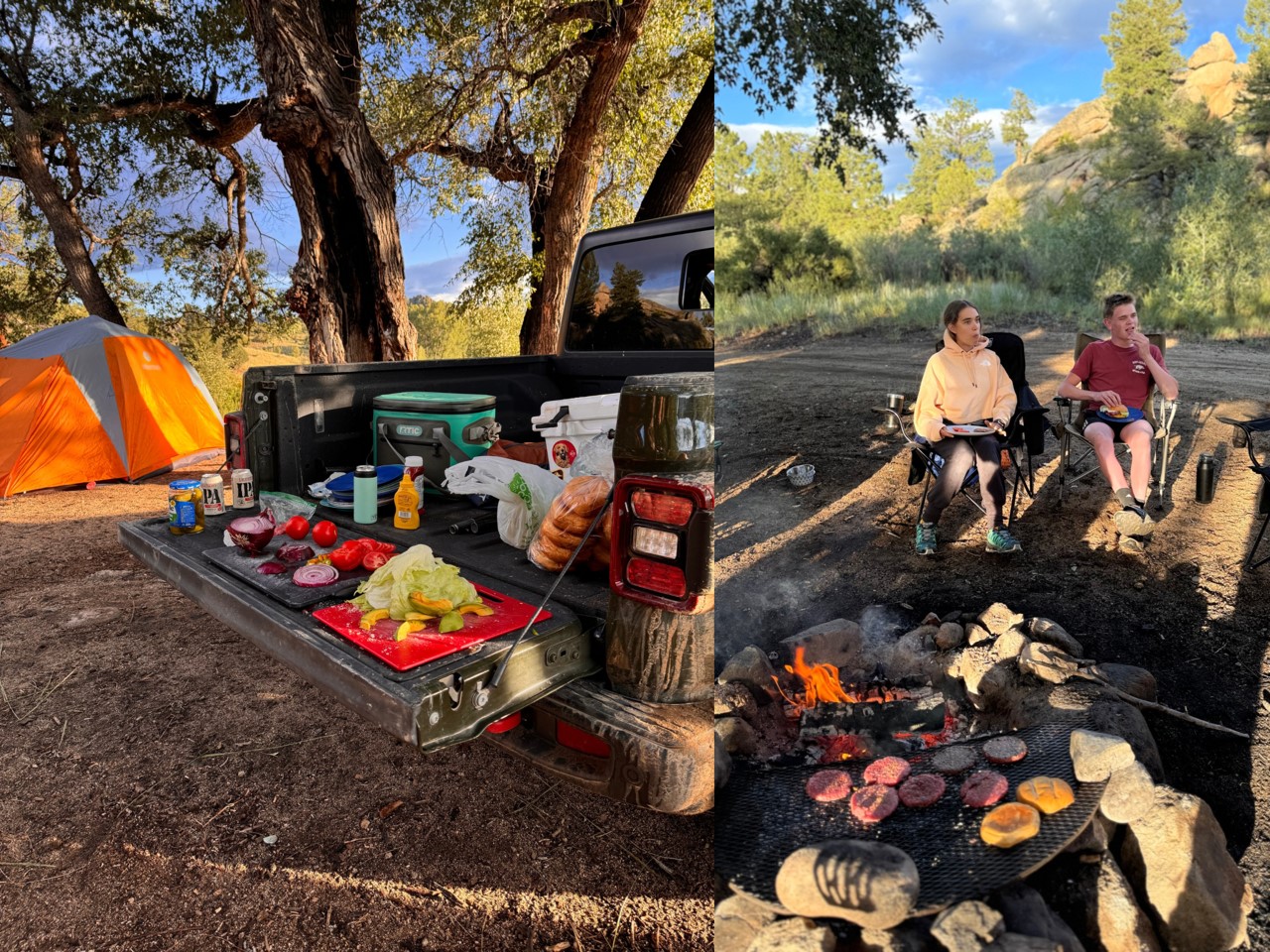
Packing Smart: Essentials for Dispersed Camping
Packing for dispersed camping is an art that requires balance. You want to be prepared without overburdening yourself. Here’s a breakdown of what to include:
- Tent and Sleeping Gear:
- Tent. Finding a big flat ground area for dispersed camping can be a challenge. We found out that it is better to carry 2 little tents and divide family members (kids vs parents or dad alone in a tent because of snoring).
- Sleeping bags, pads and pillow. We like Nemo sleeping bags. Always go to bed in clean, dry clothes. Never overdress in sleeping bags, which work best when your body creates warmth. A base layer usually will suffice.
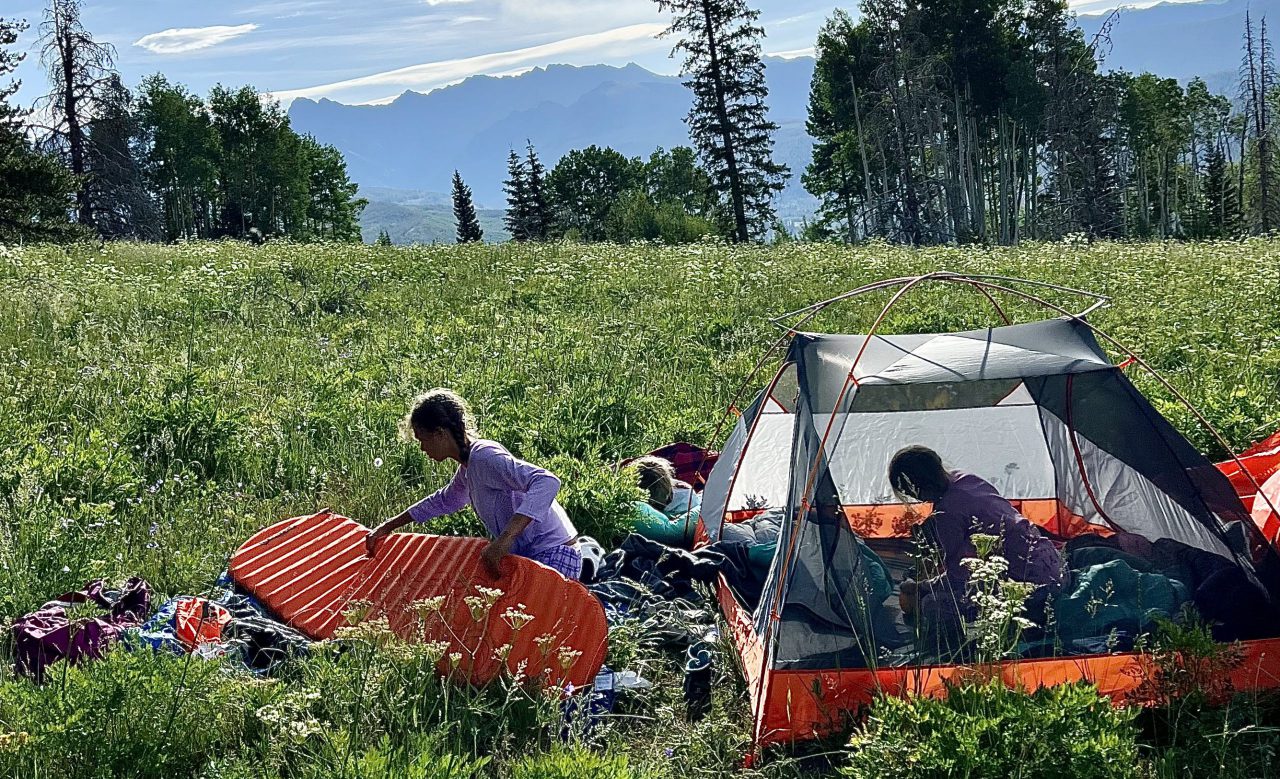
2. Clothing:
- Pack versatile clothing suitable for layering. Remember to include rain gear, extra socks and a warm hat. You don’t need extra clothes, you only need 1 set of clothes for each weather condition. There is no point to change into a clean sweatshirt when it will only get dirty in 5 minutes.
3. Miscellaneous:
- Navigation tools like a map of the area and compass or GPS device
- First aid kit with essential medical supplies, medication
- Insect repellent and sunscreen
- Headlamp or flashlight with extra batteries
- Repair kit (duct tape, sewing kit, patch kits for gear)
- Camping chairs or portable seating
- Trash bags for packing out waste
- Eco-friendly camping soap and cleaning supplies
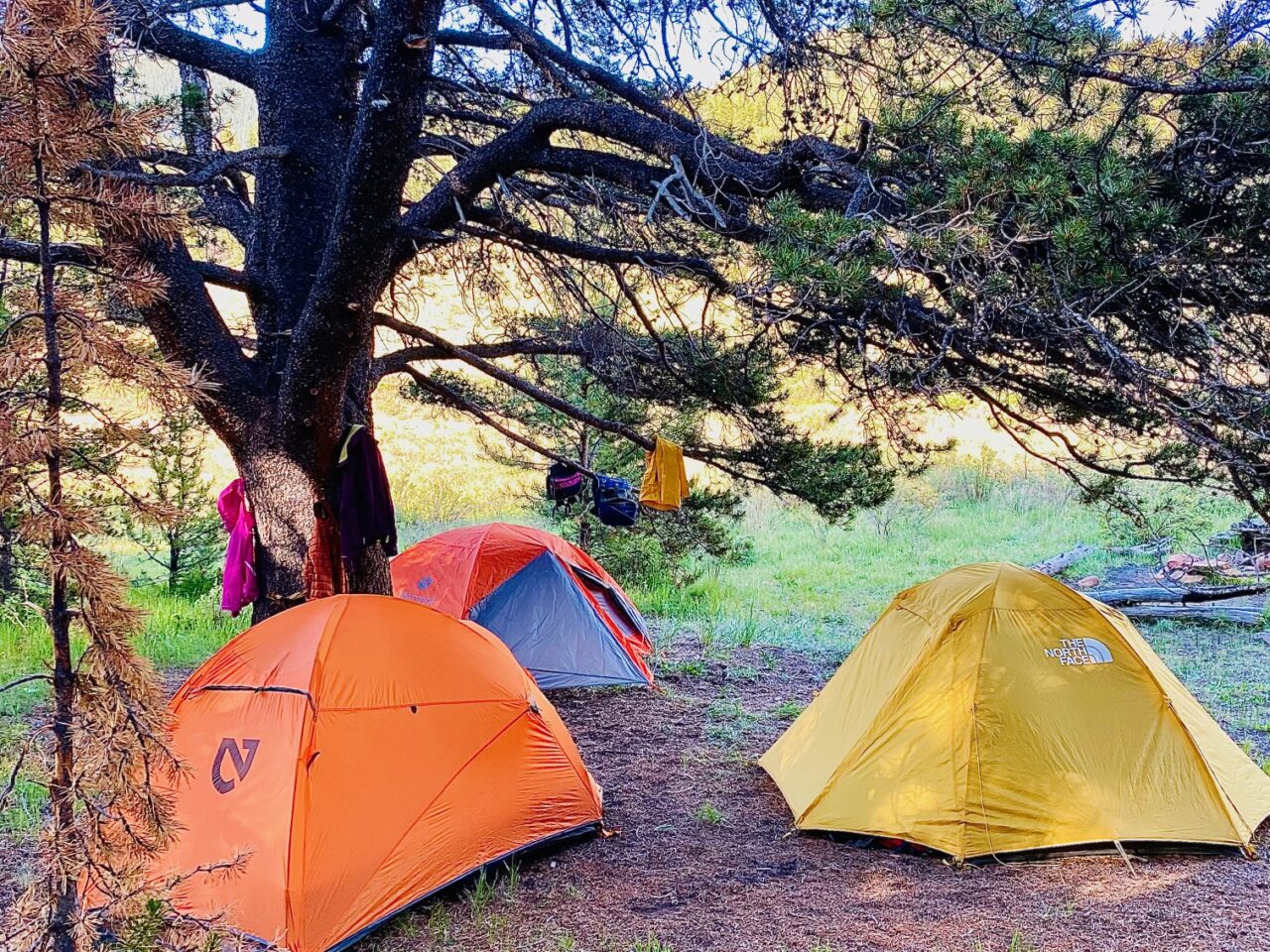
4. Categorize items
Group similar items together, such as cooking gear, clothing and personal items. This makes it easier to access what you need.
Remember that your specific needs might vary based on factors like the duration of your trip, the environment you’ll be camping in and the number of people in your group. Be sure to research the area’s regulations and conditions before heading out and tailor your packing list accordingly.
Dispersed camping is a unique opportunity to disconnect from the demands of modern life and immerse yourself in the beauty of the natural world. By mastering the art of outdoor cooking, packing smart, and organizing your gear efficiently, you’ll be well-prepared to embark on an unforgettable journey.
Remember to always respect the environment by adhering to Leave No Trace principles, leaving the wilderness as pristine as you found it. So, gear up, pack smart and embrace the wild for an experience that will nourish your soul and awaken your sense of adventure.
